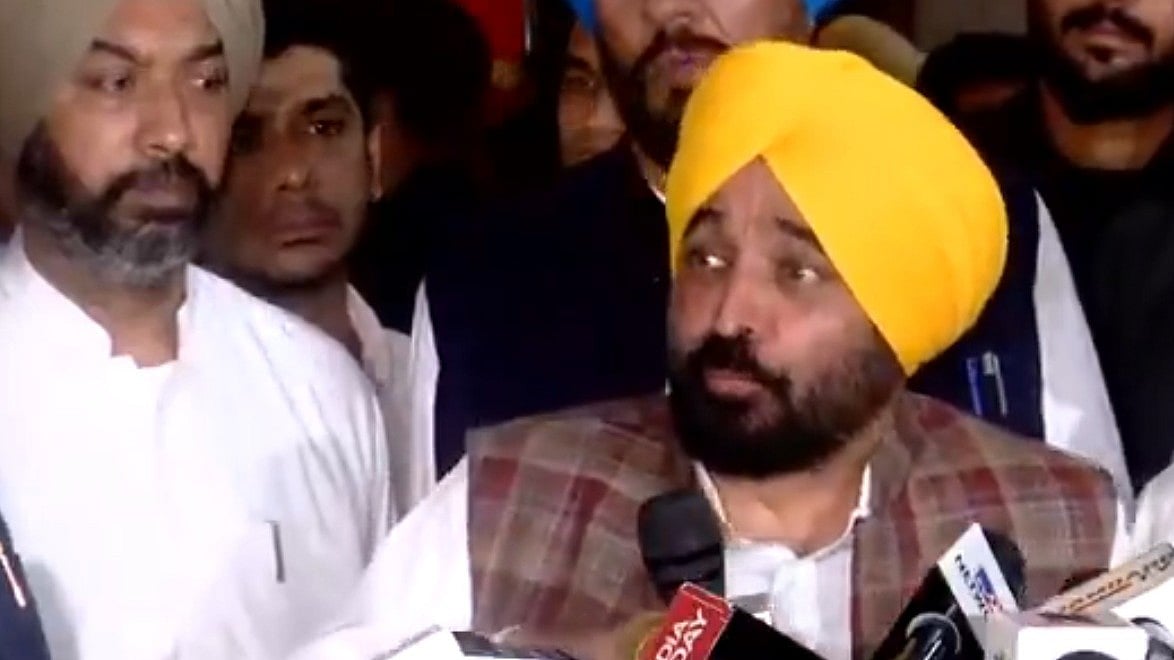The 22nd Law Commission report released last Friday has rightly recommended against changing the age of consent for both boys and girls. However, the commission, headed by former Karnataka High Court Judge Ritu Raj Awasthi, has called for changes in the Protection of Children from Sexual Offences (POCSO) to allow for leniency when the child is 16 years old and had given ‘tacit approval’ for a sexual relationship with the accused who is not three years older. Such cases do not deserve the severity of POSCO and ought to be dealt with “guided judicial discretion”. Though it is hard to police sexual relationships between consenting adolescents, and considering that increasingly youngsters are getting active sexually at an early age, criminal intent in such relationships may be missing in most cases. Not unlike Western societies, the age of marriage both for men and women is rising in India as well. Which invariably means youngsters become sexually active at an early age before entering into wedlock. The severity of POSCO for under-age sexual liaisons needs to be applied with judicial restraint since adolescent love cannot be controlled and a criminal intention may be missing in most such relationships. Therefore, the commission has argued against any change in the age of consent. Minimum age for marriage remains 18 for women and 21 for men. In fact, the commission has recommended that a change be made in the Juvenile Justice Act to bar trial of a child as an adult for a consensual relationship. At present, punishment for penetrative sex with a minor is imprisonment of minimum ten years, which can extend to life imprisonment. The commission has recommended amendments in POSCO to empower courts to prescribe lesser sentence than the minimum prescribed in the law if they are convinced that the relationship between the accused and the child was consensual.
In other words, the commission has taken into account the changing sexual mores in society at large and has sought to bring the law and its enforcement in consonance with prevailing practices. Meanwhile, in another recommendation the commission has taken note of the increasing role of digital communications, allowing for a partial rollout of the e-FIRs for all cognisable offences where the accused is unknown and for all cognisable offences where the accused is known. Naturally, e-FIRs would call for OTP for these to be authenticated. To prevent the misuse of the provision the commission has sought a change in the IPC to provide for punishment with imprisonment up to two years in case of false e-FIRs. In some States a partial implementation of the e-FIRs scheme in cases of non-heinous crimes has already been allowed, though it is still not used extensively. Given that, despite repeated claims by the police administration that an FIR can be filed at any police station, and not necessarily at the police station under whose jurisdiction a crime might have taken place, filing of e-FIRs will save people a lot of harassment and inconvenience. In keeping with the rising digitisation of society and government processes, the provision of e-FIRs needs to be introduced throughout the country. Considering that tens of millions of people have smartphones which allow for communication in regional Indian languages, such a facility ought to be rolled out soon.
Meanwhile, the commission chairperson has said that it is working on the synchronisation of the Assembly and Parliamentary polls, saying that “some” Constitutional amendments would be required for simultaneous Assembly and Parliamentary polls. Whether the commission’s work and that of the committee under the chairmanship of former President Ram Nath Kovind will result in different recommendations remains to be seen. The pros and cons of simultaneous elections have been recently discussed threadbare, though, on balance, it does seem hard to implement the idea given the breakdown of the two-party system and the rise of regional parties. So long as a single party dominates the national and state elections it is easy to hold one nationwide election for both Lok Sabha and Assemblies. A fragmented polity cannot be forced into a single electoral cycle. Never mind that the spirit of federalism was intact till 1967 when the last synchronised nationwide elections were held. It was wrong to claim that simultaneous elections will hurt federalism. It will not.













